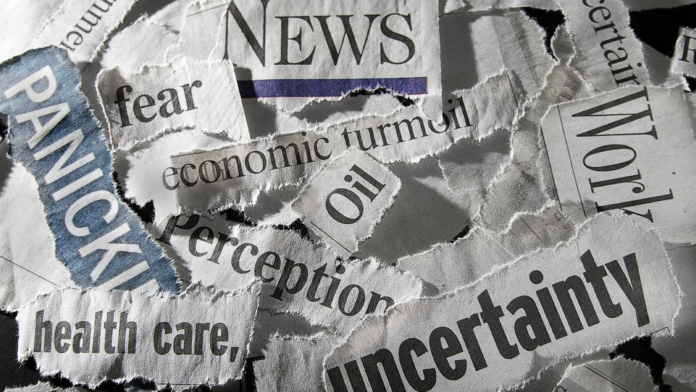The future path of U.S. interest rates may become clearer this week when Federal Reserve Chairman Jerome Powell delivers his speech at the central bank’s annual retreat in Jackson Hole. Before then, the Democratic National Convention will begin, global PMI data will shed light on economic strength and energy markets are likely to remain volatile amid heightened geopolitical tensions. Here’s a look at what will happen in the markets this week.
Powell at Jackson Hole
On Friday at 10:00 a.m. ET (14:00 GMT), Federal Reserve Chairman Jerome Powell will deliver the keynote address at the central bank’s annual economic symposium in Jackson Hole, Wyoming.
Markets will be watching closely for indications of the pace and timing of rate cuts in the months ahead. Expectations of a soft landing for the economy are buoying U.S. stock markets again, as recent positive data have eased worries about the likelihood of a recession, after concerns over the pace of growth triggered a brutal sell-off earlier this month.
Most market participants believe the Fed will cut rates at its next meeting in September, with the biggest debate centering on the size of the cut: a quarter or half a percentage point.
US data
The Fed will release the minutes from its July meeting on Wednesday. Last month, the Fed kept the door open to a rate cut in September, with Powell acknowledging progress on inflation. Also on Wednesday, the Bureau of Labor Statistics will release a preliminary forecast of the benchmark revision to the March 2024 nonfarm payrolls levels.
On Thursday, the weekly report on initial jobless claims will be released. Several Fed officials are also scheduled to make appearances throughout the week, including Fed Governor Christopher Waller, Atlanta Fed President Raphael Bostic, and Fed Vice Chairman for Supervision Michael Barr.
The Democratic Convention
The U.S. presidential contest heats up as Democrats try to boost the candidacy of Vice President Kamala Harris at the party’s convention in Chicago, which begins on Monday. During the four-day event, prominent Democratic Party figures are expected to give speeches aimed at solidifying support for Harris.
Harris, who entered the race after President Joe Biden’s decision to drop out of the campaign, has energized the Democratic base and has closed the gap on Republican candidate Donald Trump in certain opinion polls. Harris has even outperformed Trump in several betting markets ahead of the November 5 election.
As the race heats up, investors are eager to know what Harris’s policy positions are. The candidate has emphasized her commitment to preserving the Fed’s independence, a position that clashes head-on with the views of her Republican rival, former President Trump.
PMI data
Purchasing managers’ indices (PMIs) provide a real-time snapshot of economic activity and, with most of them released on Thursday, will provide important insights into global growth prospects. The July PMIs point to an economic slowdown coupled with persistent inflation, highlighting the dilemma facing central banks.
U.S. manufacturing activity slowed, and German figures were unexpectedly gloomy, pointing to a contraction in the eurozone’s largest economy.
However, manufacturing input prices in advanced economies hit 18-month highs.
Inflation will determine the pace and intensity of future rate cuts. A reiteration of the disappointing July PMI data could mean that monetary easing will come more slowly than markets would like.
Energy markets
Global energy markets have been volatile amid a combination of risk factors, with no immediate relief in sight. Growing concerns about the escalating conflict in the Middle East have pushed international crude oil prices above $80 per barrel, reflecting fears of potential supply disruptions in the region. At the same time, uncertainty about oil demand, especially in China, is preventing oil prices from rising further.
Wholesale gas prices in Europe have also experienced notable fluctuations, exacerbated by the possible disruption of Russian gas supplies via Ukraine. Ongoing conflicts near the Russian city of Sudzha, a key transit point for gas flowing to Ukraine, have raised fears of a possible disruption of gas deliveries before a five-year deal with Gazprom expires.



